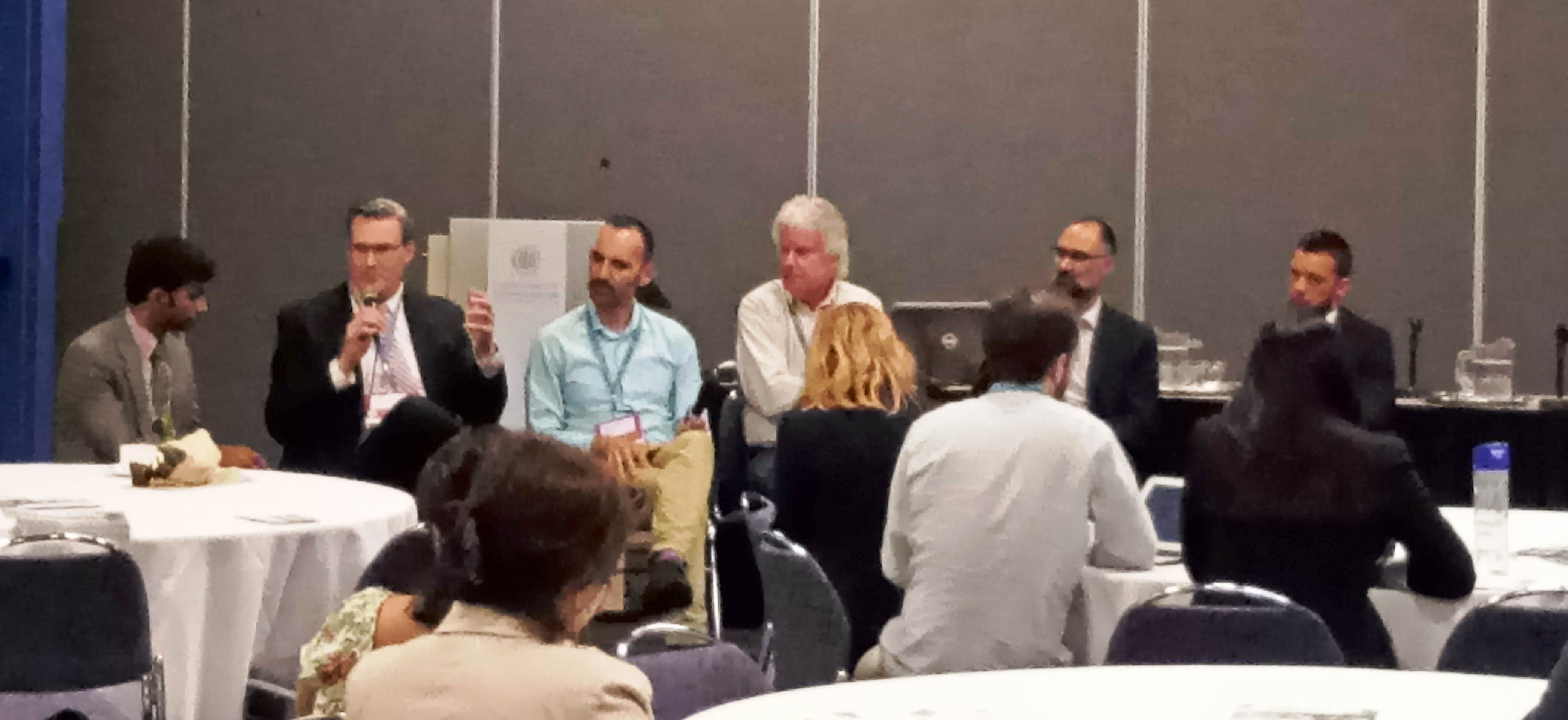A revolution is a sudden, radical, complete and marked change in something.
The transport sector in the past can be described as evolutionary. Since the industrial revolution, mobility evolved from walking and riding on a horse carriage to engine vehicles like cars and then to faster vehicles. In this era of digitalization, the rapid change in the mobility field is already changing the urban landscape of a city – for better or for worse. What kind of revolution do cities want to see – a city that is a habitat for (autonomous) cars or a city with places for people and for car-lite mobility?
While technology is a disruptive mechanism that revolutionized the industry, it created tensions within the existing transport sectors such as the ride-hailing services and the traditional taxis. The recent wave of taxi driver suicides in New York sparked a heated debate if the private companies like Uber and Lyft should take responsibility or the government? Must new disrupting technology work against current systems?
Despite the fact that the ridesharing services debate is not entirely clear yet, autonomous vehicles (AVs) are already entering the market and set to be the next disruptive technology. With much anticipation around it, is it really going to revolutionize mobility for the better? Even now, there is a growing perception to not build public transportation as they perceive that AVs could solve their problem. Does this mean that the city design will have to change entirely to suit the needs of AVs? Imagine Autopia of Disney. On the other hand, shared AVs could repurpose parking area and solve first- and last-mile mobility needs. While new technology has the potential to leapfrog to achieve the sustainable mobility vision, local governments need to proactively guide them to fulfil the needs of the people and the city’s objectives.
How should local governments prepare for the future of urban mobility?
As cities prepare for the future of urban mobility, some key questions must be discussed, among these:
- What is the need and vision for the city?
- Who has the right of way?
- How can we use technology to fulfil the needs?
The sequence of such debates is relevant: first, “what do we aim at?” and not “which technologies are available?”.
If the city always prioritizes more efficient modes of travel (ICLEI summarizes these as “ecomobility”) i.e. walking, cycling, use of public transport, then technology can be used to fulfil the gaps identified in the city (by the local government) and not vice versa. It is imperative that the public debate on our goals and needs leads the decision-making process. Furthermore, private companies are always faster than the local governments in introducing new products and services, therefore local administrations need to stay ahead to make it work for the city.
The danger of leaving technology to private companies to self-regulate and innovate is that companies may one day have control over everything including our mobility systems and patterns. But, we want to steer how we move and how our cities are designed. Local governments need to inform themselves, hire relevant experts, study and apply instruments to regulate (mobility) systems and re-gain the say over the use of public space.
After all, if a revolution does not work for the city and its people, it is not a revolution.
Author: Beatrice Ch’ng
This blog is inspired by the discussions at the “Reinventing mobility through technology and innovation” session at the ICLEI World Congress 2018.



